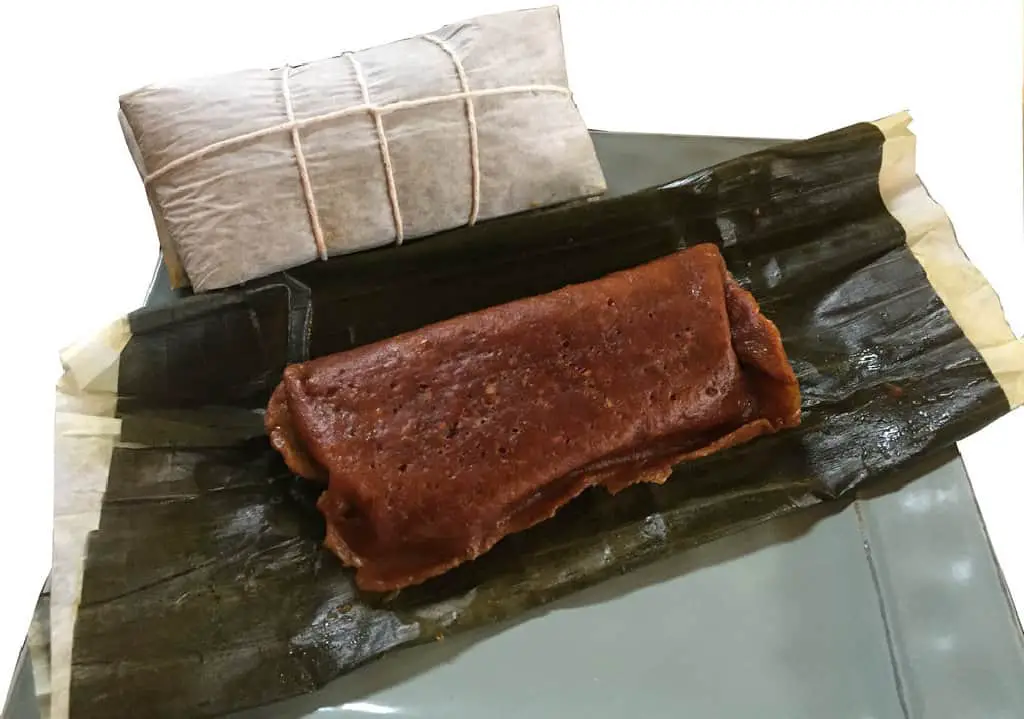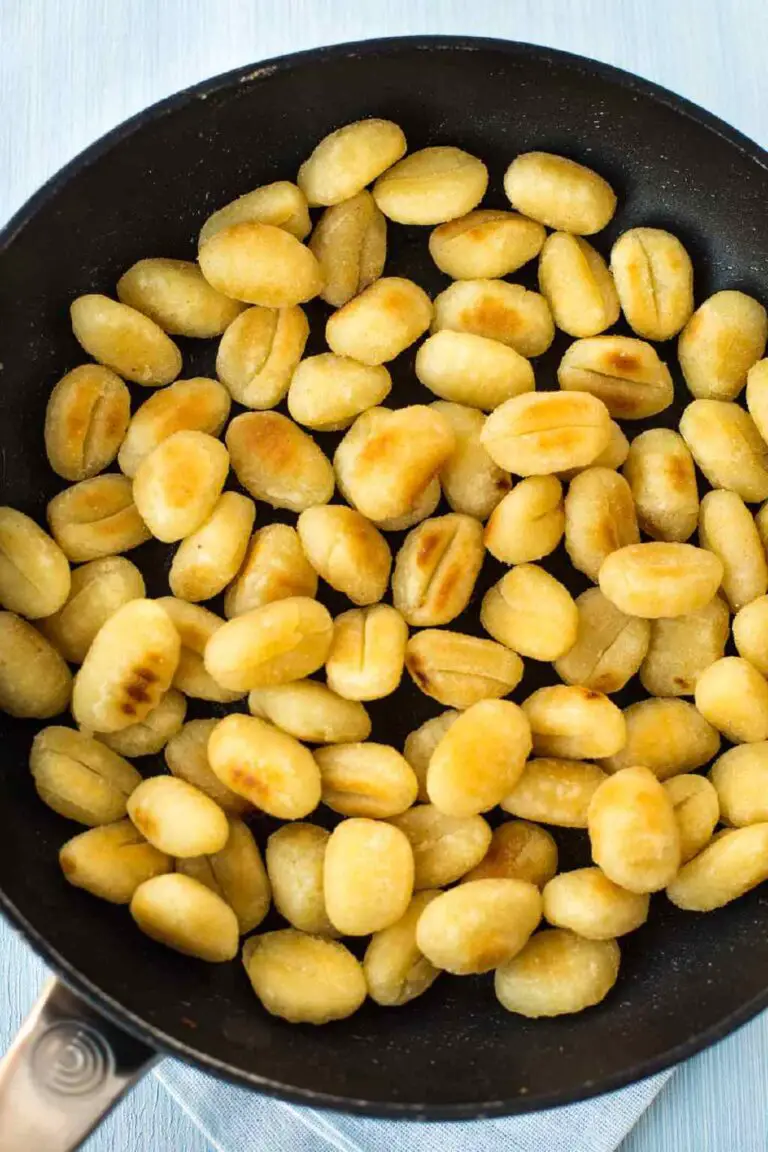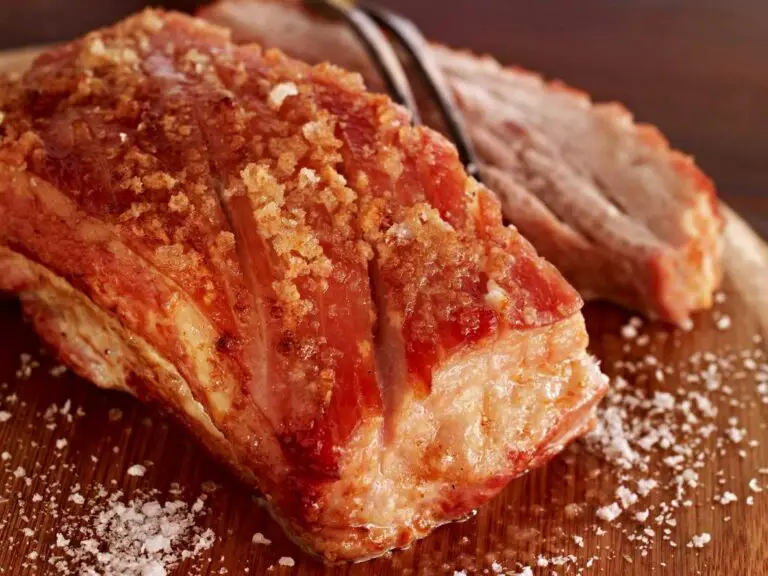How To Cook Frozen Pasteles? How Do You Soften Hard Pasteles?

Are you craving the delicious taste of traditional Puerto Rican pasteles but don’t have the time or energy to make them from scratch? No worries—frozen pasteles are a convenient and tasty alternative!
But what do you do once you have them in your freezer? Do you know how to cook them properly? And what happens if your pasteles become hard and difficult to eat?
Don’t worry, we’ve got you covered! In this article, we’ll guide you through the steps to cook frozen pasteles to perfection, and we’ll also share tips and tricks for softening hard pasteles so that you can enjoy this beloved dish whenever you want. Get ready to impress your taste buds with the delicious flavors of Puerto Rican cuisine!
How to Cook Frozen Pasteles
Cooking frozen pasteles requires a different approach than cooking fresh ones. When you freeze pasteles, the texture changes, and they become harder. Therefore, they need to be thawed before cooking.
Here are the steps to cook frozen pasteles:
- Thaw the pasteles: Take the frozen pasteles out of the freezer and allow them to thaw in the refrigerator overnight. This will ensure that they thaw evenly and safely.
- Boil the pasteles: Fill a large pot with enough water to cover the pasteles. Add salt to the water to add flavor. Bring the water to a boil, then lower the heat to a gentle simmer. Carefully add the thawed pasteles to the pot and cook for about an hour.
- Check the pasteles: To ensure that the pasteles are cooked thoroughly, insert a toothpick or wooden skewer into the center of a pastel. If the toothpick comes out clean, the pasteles are ready.
- Drain the water: Once the pasteles are cooked, carefully remove them from the pot and place them on a plate or in a colander to drain the excess water.
- Serve and enjoy: Serve the pasteles hot with your favorite side dishes and enjoy!
Why My Pasteles Become Hard and Dry?
Pasteles are a delicious and satisfying meal, but they can sometimes become hard and dry, making them difficult to eat. We will explore some of the reasons why pasteles become hard and dry below
1. Overcooked
One of the most common reasons that pasteles become hard and dry is that they have been overcooked. If pasteles are cooked for too long or at too high a temperature, they can become dry and tough. Similarly, if the pasteles are allowed to sit for too long after cooking, they can also become hard and difficult to eat.
2. Improper Storage
Another reason that pasteles may become hard is that they have not been stored properly. If pasteles are exposed to air or moisture for too long, they can dry out and become hard. It is important to store pasteles in an airtight container in the refrigerator or freezer to help prevent them from drying out.
3. Ingredients are Not Fresh
Finally, the ingredients used to make pasteles can also affect their texture. If the frozen dough is too dry or the filling is too lean, the pasteles may be dry and hard. Similarly, if the banana leaves are not moist enough, they can also cause the pasteles to become hard. Additionally, using fresh ingredients that have a high moisture content, such as ripe plantains or yucca, can help keep the pasteles moist.
4. Lack of Moisture and Water
Another reason why pasteles can become dry is a lack of moisture. This can happen when the pasteles are made with too little liquid or if the ingredients used are not moist enough. When making pasteles, it’s important to ensure that the mixture has enough liquid to keep the pasteles moist. You can achieve this by adding enough broth, oil, or water to the mixture.
Read: Do Frozen Pasteles Go Bad? How Long Do Pasteles Last in the Freezer?
How Do You Soften Hard Pasteles
Hard pasteles can be challenging to eat, and they may not taste as good as fresh ones. However, you can soften hard pasteles and make them enjoyable again. Here are some ways to soften hard pasteles:
Steaming Method
- Wrap the pasteles in damp paper towels: Take a few paper towels and dampen them with water. Wrap the hard pasteles in the damp paper towels.
- Place the wrapped pasteles in a steamer basket or colander: Place the wrapped pasteles in a steamer basket or colander over a pot of boiling water.
- Steam the pasteles: Cover the pot with a lid and steam the pasteles for about 10 to 15 minutes. Check them occasionally to ensure that there is enough water in the pot.
- Check the pasteles: After 10 to 15 minutes, check the pasteles’ texture. They should be softer and more pliable. If they are still hard, continue steaming them for a few more minutes.
Microwave Method
- Wrap the pasteles in damp paper towels: Take a few paper towels and dampen them with water. Wrap the hard pasteles in the damp paper towels.
- Microwave the pasteles: Place the wrapped pasteles in the microwave and heat them for 30 seconds to one minute. Check them after 30 seconds to ensure that they are not overheating.
- Check the pasteles: After microwaving, check the pasteles’ texture. They should be softer and more pliable. If they are still hard, microwave them for a few more seconds.
Boiling Method
Boiling is another method that can be used to soften hard pasteles.
- To boil the pasteles, simply bring a pot of water to a boil and then add the pasteles. Boil them for 5–10 minutes, or until they have softened.
- However, boiling can sometimes cause the pasteles to become too soft or mushy, so it is important to monitor them closely while cooking.
Adding Moiture
Adding moisture to hard pasteles can also help soften them. This can be done by brushing the pasteles with a little bit of oil or water or by serving them with a sauce or gravy.
Let Pasteles in Room Temperature
Finally, letting hard pasteles rest for a few minutes can also help soften them. Simply cover the pasteles with a towel or plastic wrap and let them sit for 5–10 minutes before serving. This will help to redistribute the moisture and make the pasteles softer and easier to eat.
Tips for Cooking and Softening Pasteles
Here are some tips to help you cook and soften pasteles:
- Make sure to thaw frozen pasteles before cooking them.
- Use a large pot to boil the pasteles and enough water to cover them fully.
- Add salt to the water when boiling the pasteles to add flavor.
- Boil the pastelesfor about an hour or until a toothpick inserted in the center comes out clean.
- Drain the excess water from the cooked pasteles before serving.
- To soften hard pasteles, use the steaming or microwave method with damp paper towels.
- Check the pasteles frequently during steaming or microwaving to avoid overheating them.
Conclusion
In conclusion, cooking frozen pasteles and softening hard pasteles requires a different approach than cooking fresh ones. To get the right texture and flavor, frozen pasteles must be thawed before they are boiled.
Softening hard pasteles is also possible using either the steaming or microwave methods with damp paper towels. With these tips and techniques, you can enjoy delicious and soft pasteles, even if they are frozen or hard. So go ahead and impress your friends and family with your culinary skills and enjoy this traditional Puerto Rican dish.






